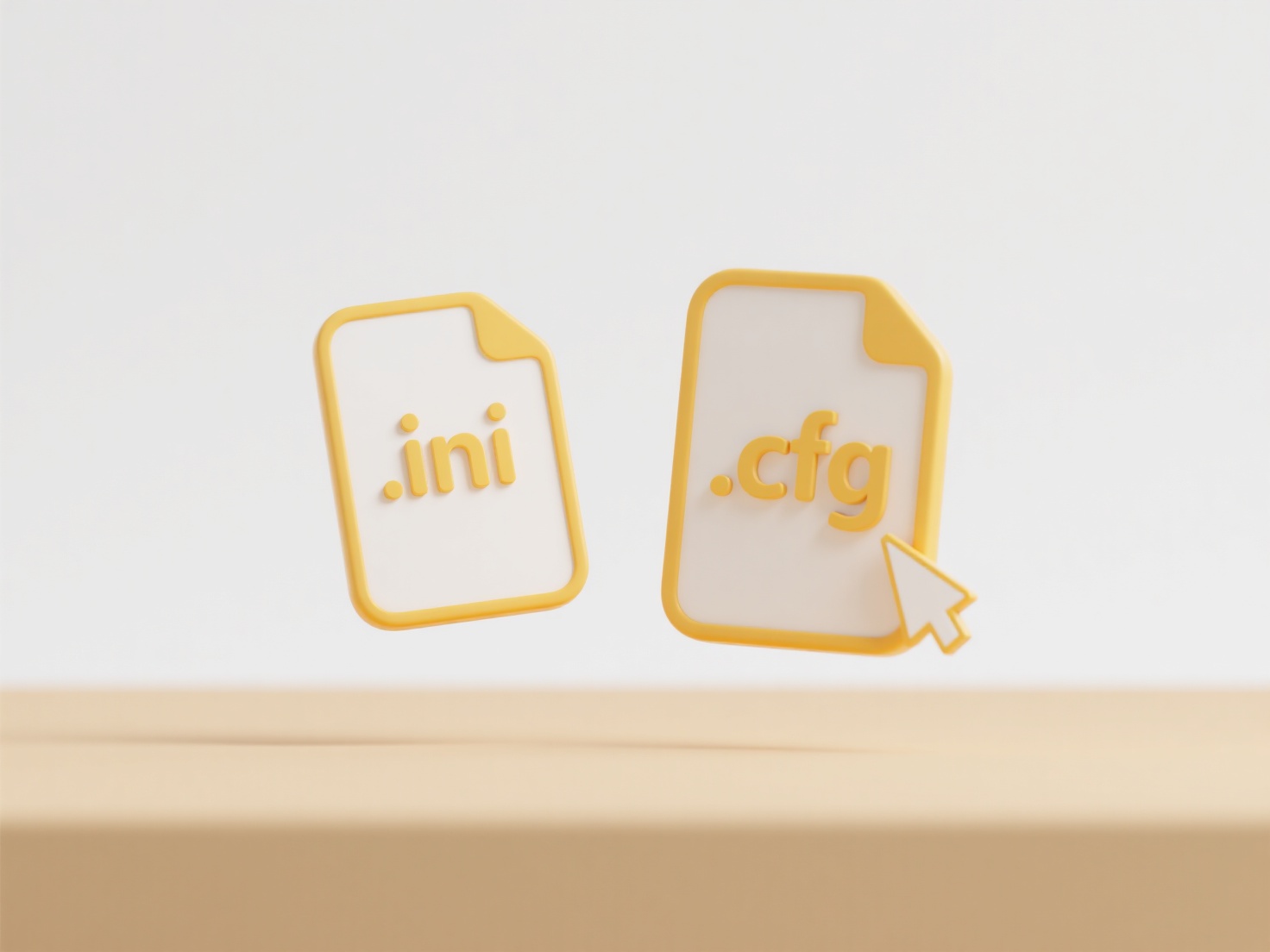
AutoSave is a feature designed to automatically save changes to documents or files at regular intervals, preventing data loss during unexpected disruptions like power outages or crashes. It typically relies on both background system functionality (like autosave timers) and specific conditions being met for the save action itself. AutoSave might not work if the application isn't configured to use it, if the document lacks the required permissions to be modified, if the save location is inaccessible, or if unexpected errors disrupt the save process.

A common example occurs in cloud-based applications like Microsoft Word Online or Google Docs: AutoSave fails if you lose internet connectivity, preventing synchronization with the cloud server. Another instance is desktop software like Microsoft Excel; saving might be blocked if the document is stored in a restricted folder lacking write permissions, or if the file is open in another program preventing exclusive access needed for overwriting.
While AutoSave greatly reduces data loss risk, its dependence on stable configurations, connectivity (for cloud files), and file access presents limitations. Future improvements focus on smarter conflict resolution and offline capabilities. Failures raise ethical concerns about potential data vulnerability, emphasizing the need for user awareness and manual saves as a backup measure even when relying on AutoSave.
Why didn’t AutoSave work?
AutoSave is a feature designed to automatically save changes to documents or files at regular intervals, preventing data loss during unexpected disruptions like power outages or crashes. It typically relies on both background system functionality (like autosave timers) and specific conditions being met for the save action itself. AutoSave might not work if the application isn't configured to use it, if the document lacks the required permissions to be modified, if the save location is inaccessible, or if unexpected errors disrupt the save process.

A common example occurs in cloud-based applications like Microsoft Word Online or Google Docs: AutoSave fails if you lose internet connectivity, preventing synchronization with the cloud server. Another instance is desktop software like Microsoft Excel; saving might be blocked if the document is stored in a restricted folder lacking write permissions, or if the file is open in another program preventing exclusive access needed for overwriting.
While AutoSave greatly reduces data loss risk, its dependence on stable configurations, connectivity (for cloud files), and file access presents limitations. Future improvements focus on smarter conflict resolution and offline capabilities. Failures raise ethical concerns about potential data vulnerability, emphasizing the need for user awareness and manual saves as a backup measure even when relying on AutoSave.
Quick Article Links
Can I auto-name files based on content?
Auto-naming files based on content uses software algorithms to analyze a file's content and automatically generate descr...
What are advanced sharing options in Google Drive?
Advanced sharing options in Google Drive provide detailed control over how files and folders are shared, going beyond si...
Why is the exported filename different from the original?
Exporting a file involves saving a copy of the original in a new location or format. The filename often changes automati...